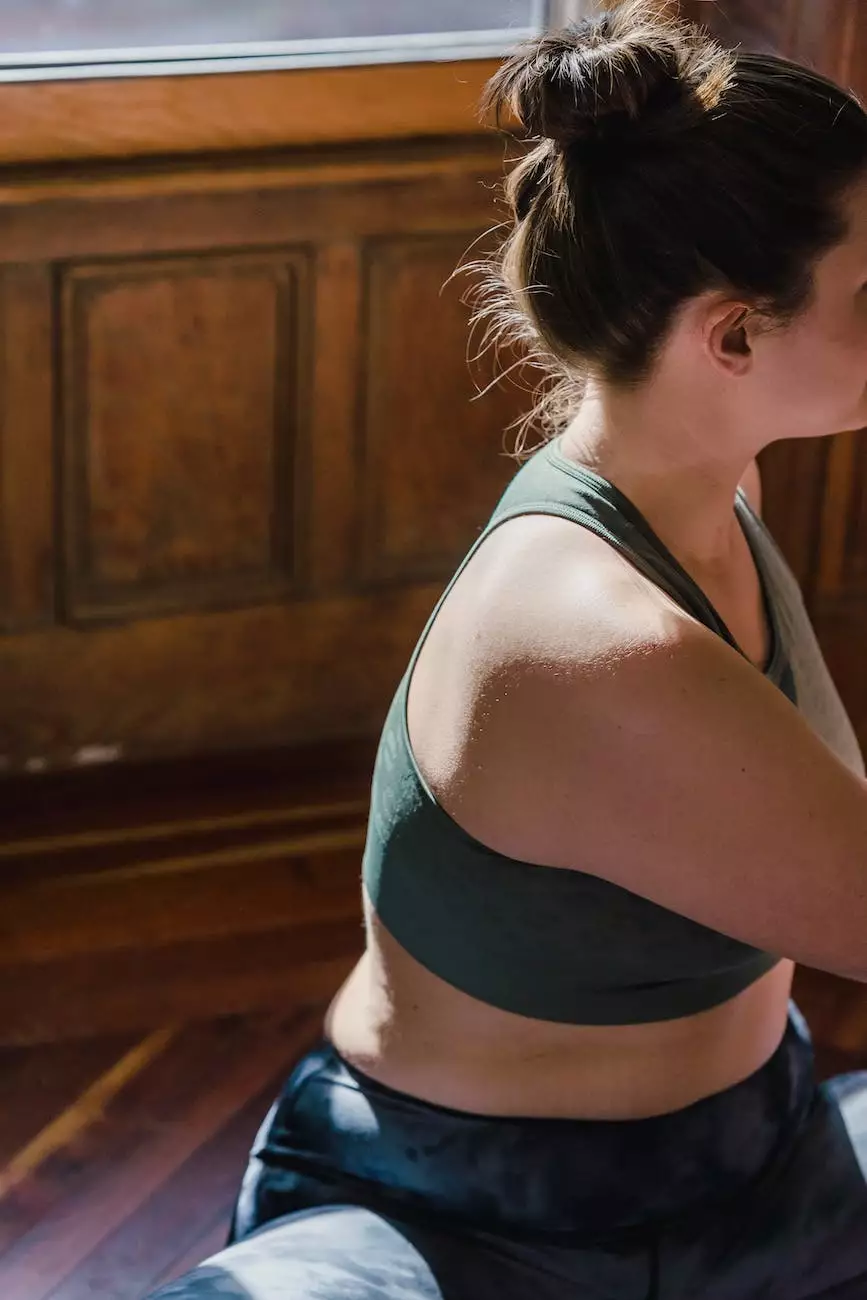At Home Exercises for Shoulder Replacement Surgery Recovery
Orthopedics and Spine
Introduction
Thank you for visiting our website, Richard Martinez, MD. As a leading orthopedic surgeon specializing in shoulder replacement surgery, we understand the importance of proper rehabilitation and recovery after the procedure. In this comprehensive guide, we will provide you with a range of effective at home exercises to aid in your shoulder replacement surgery recovery.
Understanding Shoulder Replacement Surgery
Shoulder replacement surgery is a highly effective procedure for easing pain and improving mobility in individuals with severe shoulder joint damage. It involves replacing the damaged parts of the shoulder joint with artificial components, typically made of metal and plastic. After the surgery, a rigorous rehabilitation program is crucial for optimal recovery. Here, we will focus on the at home exercises that can be performed to aid in your recovery.
Benefits of At Home Exercises
Completing prescribed exercises at home can significantly contribute to a successful recovery following shoulder replacement surgery. These exercises help to:
- Promote Healing: Proper movements and exercises facilitate blood circulation, which in turn aids in tissue healing and reduces the risk of complications.
- Restore Range of Motion: At home exercises gradually increase joint flexibility, allowing you to regain a wider range of motion in your shoulder over time.
- Build Strength: Strengthening your shoulder muscles is crucial for regaining functional capabilities and preventing further injuries.
- Improve Stability: Targeted exercises enhance the stability of the shoulder joint, reducing the risk of instability and dislocation.
Recovery Timeline
It is important to note that the recovery timeline may vary from person to person, depending on various factors such as age, overall health, and the specific surgical procedure performed. Please consult with your surgeon to determine the appropriate timeline for performing these at home exercises. Typically, the recovery process can be divided into three phases:
Phase 1: Early Recovery (0-6 weeks)
During the early recovery phase, emphasis is placed on gentle movement and maximizing the healing process. The following exercises are generally recommended:
Exercise 1: Pendulum Swing
This exercise helps to improve flexibility and increase blood flow to the shoulder joint. Stand next to a table and lean forward, allowing the affected arm to hang freely. Gently swing your arm in small circles, both clockwise and counterclockwise, for about 10-15 repetitions in each direction.
Exercise 2: Passive Internal Rotation
Using your unaffected arm, assist the affected arm to internally rotate by gently guiding it across your body. Hold the stretch for 20-30 seconds and repeat 3-4 times on each side. Be sure to perform this exercise with caution and within the pain-free range of motion.
Phase 2: Intermediate Recovery (6-12 weeks)
During the intermediate recovery phase, you can gradually increase the intensity and complexity of your at home exercises. The following exercises are commonly recommended:
Exercise 1: Wall Climbing
Stand facing a wall with your fingertips touching the wall at about shoulder height. Slowly walk your fingers up the wall while keeping your shoulder muscles engaged. Repeat this exercise 10-15 times, gradually increasing the height you reach on the wall.
Exercise 2: Resistance Band Exercises
Using a resistance band, perform exercises such as shoulder abduction, shoulder flexion, and shoulder external rotation. Start with a light resistance and gradually increase as you feel comfortable. Aim for 2-3 sets of 10-15 repetitions for each exercise.
Phase 3: Advanced Recovery (12+ weeks)
During the advanced recovery phase, you can introduce more challenging at home exercises to further enhance your shoulder strength and mobility. The following exercises may be beneficial:
Exercise 1: Push-ups against a Wall
Stand facing a wall and place your palms against it at shoulder height. Slowly lean towards the wall, bending your elbows and keeping your body straight. Push back to the starting position and repeat for 10-15 repetitions.
Exercise 2: Plank with Shoulder Taps
Assume a plank position with your elbows fully extended, supporting your body weight. While maintaining a stable core, tap your opposite shoulder with your hand. Alternate hands and aim for 10-15 taps on each side.
Safety Precautions
Before engaging in any at home exercises, it is important to consider the following safety precautions:
- Consult Your Surgeon: Always consult with your orthopedic surgeon before starting any exercise regimen to ensure that it is suitable for your specific condition.
- Start Slowly: Begin with gentle exercises and gradually increase the intensity as advised by your medical professional.
- Listen to Your Body: Pay attention to any discomfort or pain during exercises and adjust accordingly. Never push through excessive pain.
- Follow Proper Form: Perform the exercises with proper technique and form to avoid unnecessary strain or injury.
Conclusion
In conclusion, adhering to a well-rounded at home exercise routine is an essential component of a successful shoulder replacement surgery recovery. Remember to consult with your orthopedic surgeon for personalized guidance and closely adhere to the recommended exercises. By following these expertly designed at home exercises, provided by Richard Martinez, MD, you can optimize your recovery process and regain strength, mobility, and functionality in your shoulder.




